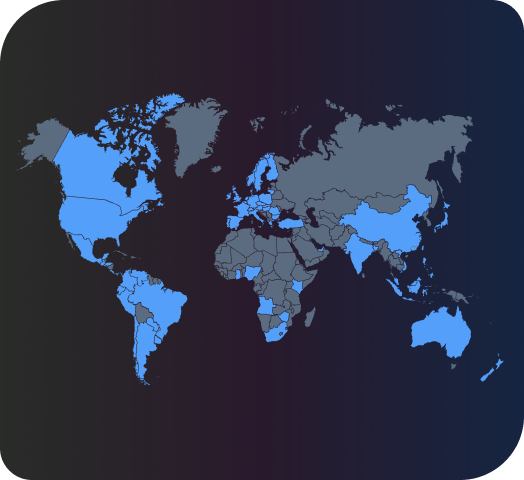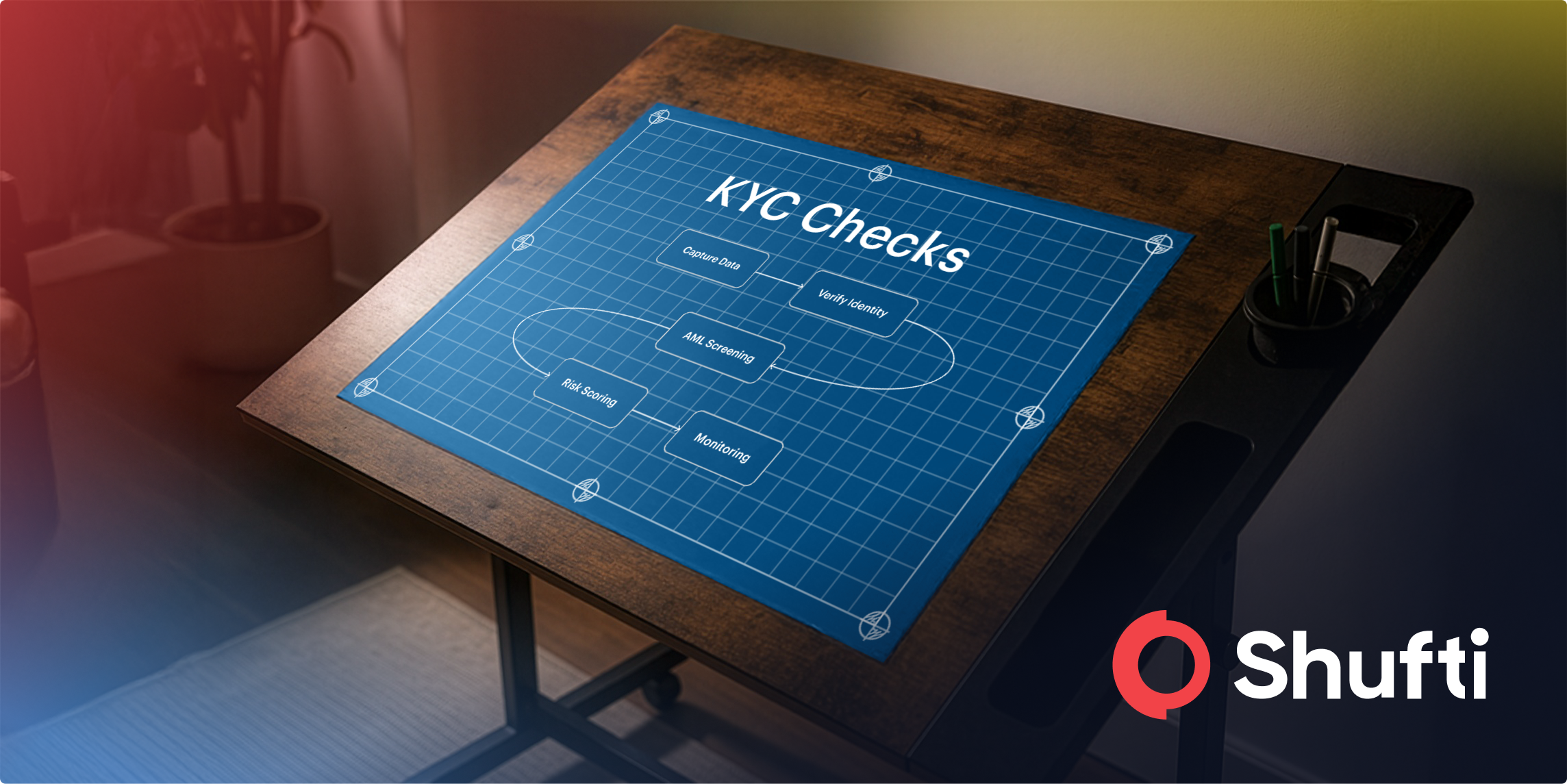Expanding the UX Lens with Lisa Kleinman

Creating a UX experience can feel like a paradox: users are more diverse than ever, yet they expect software to feel universally seamless. It’s not enough for a product to solve a problem; it has to feel elegant, intuitive, and like it “just works”.
That tension only grows at scale. As companies push into new markets, the one-size-fits-all design approach quickly falls apart. Language, culture, and user behavior don’t bend to fit a template, and teams that ignore that reality risk building products that miss the mark.
This is a challenge that Lisa Kleinman knows well. As Head of Product Design at Make with experience in leading global teams and a PhD in Information Science focused on Human-Computer Interaction, she sees how expectations around software are shifting not only in tech hubs, but across continents and cultures as well.
In the third episode of Beyond Borders, Shufti’s Vice President of Product Marketing Becky Park sat down with Kleinman to explore how UX professionals can design for the next generation of users, conduct research that goes beyond the usual script, and help foster creativity under pressure.
Rethinking the ‘Default’ User
Today’s users don’t all look like the personas that most product teams built for in previous decades. When many of the most popular products and platforms we see today were being introduced, internet usage was significantly more concentrated in a handful of countries and used by a narrower, less diverse group of users. This made the “default” user easier to design for. Now the users of today and tomorrow are completely different. They’re mobile-first, with handheld tablets and cellphones replacing home computers as their introduction to the internet.
In Kleinman’s view, the idea of “the next billion users”, a term coined by researcher Payal Aurora, isn’t just a trend in demographics. It’s a call for UX designers to remain curious by expanding their lens to different cultures and building a mindset of inclusivity to create digital platforms. Designing for this new generation means adjusting expectations around bandwidth, device access, and even what “intuitive” actually means anymore.
Seeing the Whole User Journey
UX professionals are no strangers to taking a wide-angle view of user behavior to inform their design process, but not everyone on a product team approaches research that way. That’s why Lisa Kleinman believes that one of the most important ways UX leaders can improve alignment is to expose that broader lens of thinking to others: product managers, engineers, and even executives.
Kleinman encourages teams to move beyond prescriptive product-based scripts and explore the user’s day in its full context. Even a seemingly simple question like, “How do you start your day?” can reveal workflows, tools, or habits that inform the customer’s decision to use the product in the first place, and that influences how the user experiences it.
By encouraging everyone to adopt a more layered mindset, conversations can shift from “What problems do we want to solve for users?” to “What problems do users actually want to solve?” That small shift can surface needs that are otherwise overlooked and lead to stronger alignment across teams.
Making Space for Creativity in Fast-Moving Teams
Creativity is a crucial part of the design process, yet it’s often expected to happen on a fixed timeline, regardless of circumstances. Busy work bogs down people’s schedules, forcing them to jump from one thing to the next without having any time to ideate on ways to improve, something Kleinman believes leaders must actively protect. For her, nurturing creativity isn’t just about inspiration; it’s about designing the kind of environment where new ideas can take shape, even in fast-moving organizations.
For Kleinman, that starts with embracing tools that help remove friction from her team’s day-to-day responsibilities. In her current team, everything that can be automated is automated, even user research logistics like scheduling interviews and tracking participation. This frees up mental bandwidth for deeper, more strategic work.
But it’s also about cultural permission. If someone needs to take a walk or turn off their camera in a meeting to recharge, she argues that should be normalized, instead of being treated as disengagement.
In her view, building a creative UX team isn’t about rituals or brainstorming games. It’s about protecting enough breathing room for people to think expansively and making it safe to explore ideas before they’re polished.
Listen to the full podcast here to dive deeper into the conversation.
Designing with a Broader Lens
Today’s UX leaders are tasked with more than just refining interfaces. They’re rethinking long-held assumptions, looking beyond product interactions to better understand user needs in context, and creating space for teams to design with real-world complexity in mind.
Whether you’re evaluating an identity verification solution like Shufti to streamline onboarding or optimizing your entire digital experience, success depends on creating interactions that are not only secure, but also intuitive, inclusive, and low-friction. UX teams play a central role in making complex processes like verification feel clear and trustworthy to users across regions and contexts.
As expectations continue to evolve, UX leadership is about more than execution. It’s about shaping how teams listen, align, and build. By widening the lens, we don’t just meet user needs, we meet them where they are.
Read additional powerful insights as part of this series:
































